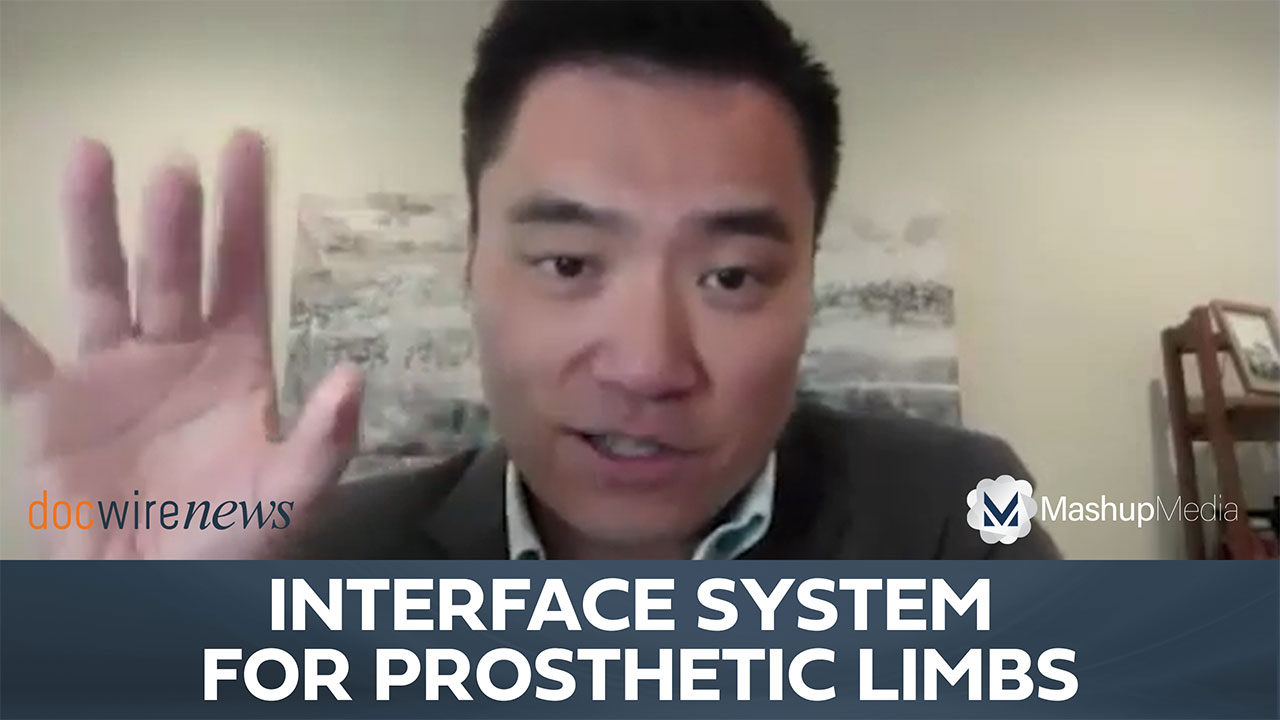
The use of artificial intelligence (AI) to diagnose diabetic retinopathy (DR) has benefits as well as challenges and calls for further evaluations, a research team in Australia concluded.
Between Dec. 1, 2016, and May 31, 2017, 193 patients (mean age, 55 years) had retinal photographs taken of their eyes (386 images), which an AI system and an ophthalmologist both evaluated. Based on the ophthalmologist’s grade, 186 patients did not have DR, eight had mild nonproliferative DR, and two had clinically significant DR (one with moderate nonproliferative DR and one with severe nonproliferative DR).
Interesting study of in-clinic hurdles for AI-based diabetic retinopathy screening. Authors found more false positives than expected resulting from poor image quality (e.g., dirty lens, sheen). Issues that will need to be addressed before systems go ive. https://t.co/AZEbbGVvfU pic.twitter.com/J5AzbZlDUG
— David Almeida MD (@davidalmeidaMD) October 1, 2018
The AI system graded 17 patients as having clinically significant DR, including the two patients who had true moderate and severe DR. The other 15 clinically significant diagnoses were false-positives. It correctly identified the eight cases of mild DR. The AI’s specificity 92% (95% CI, 87%-96%) and its positive predictive value was 12% (95% CI, 8%-18%).
Among the false-positives, six had drusen that resembled exudates; dirty lens reflections and uneven light exposure in the photos also led to some of the misidentifications. The AI system also mistook sheen reflections around the optic disc, the papillomacular area, and the macula for exudates.
Primary care doctors/nurses used a deep learning #AI algorithm prospectively to help diagnose diabetic retinopathy. It didn't work very well.https://t.co/JvQhIlYZa0@JAMANetworkOpen #OA by @ehealthresearch pic.twitter.com/kR9Bawu0sp
— Eric Topol (@EricTopol) September 28, 2018
The study authors noted that limitations included the small sample size and the fact that only two patients had severe DR. However, they believe improvements can be made to make the AI system more efficient.
“The ability to provide real-time eye screening at familiar primary care physician practices has many practical advantages, including comprehensive chronic disease management at a single location for patients with diabetes,” they wrote. “There is also the potential for the AI system to be improved. Further training of the AI system to differentiate drusen, sheen reflections, and exudates can improve the specificity.”
“Our evaluation demonstrates both the promise and challenges of using AI systems to identify DR in clinical practice,” the researchers concluded. “Evaluations of AI systems should be conducted in real-world clinical practice before they are deployed widely.”
Read about connexin channel’s role in diabetic retinopathy here.
Source: JAMA







 © 2025 Mashup Media, LLC, a Formedics Property. All Rights Reserved.
© 2025 Mashup Media, LLC, a Formedics Property. All Rights Reserved.